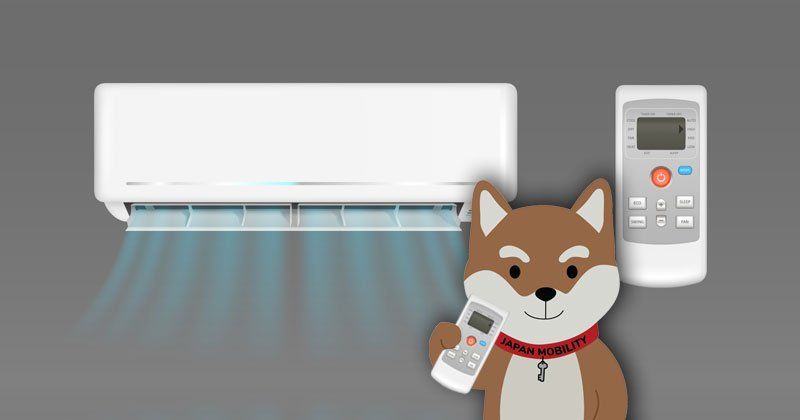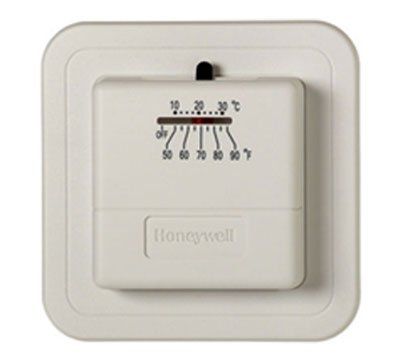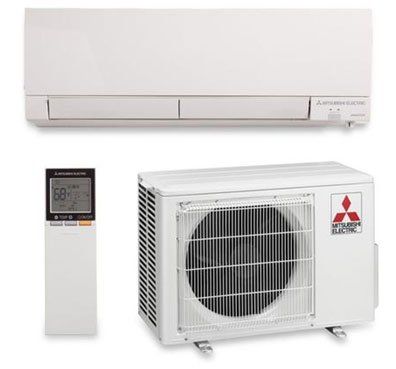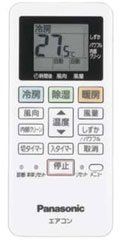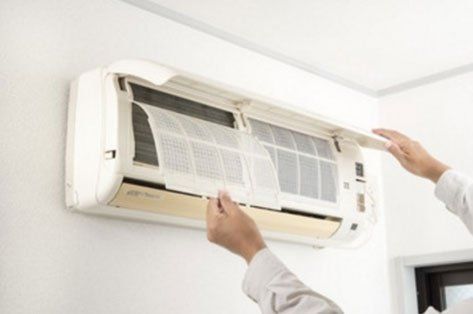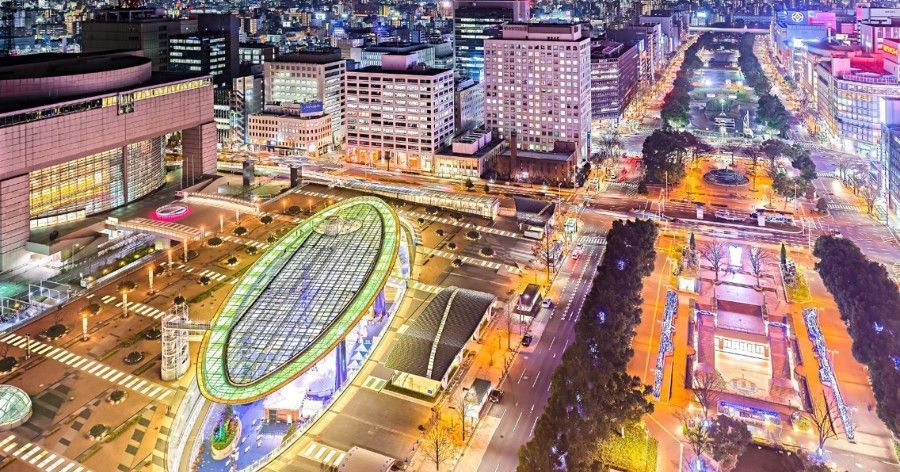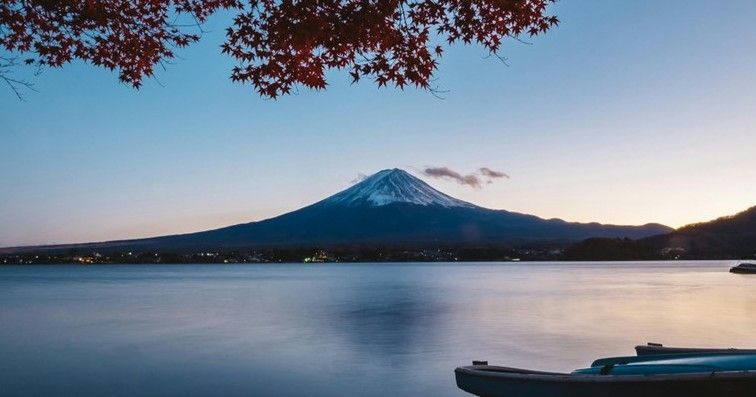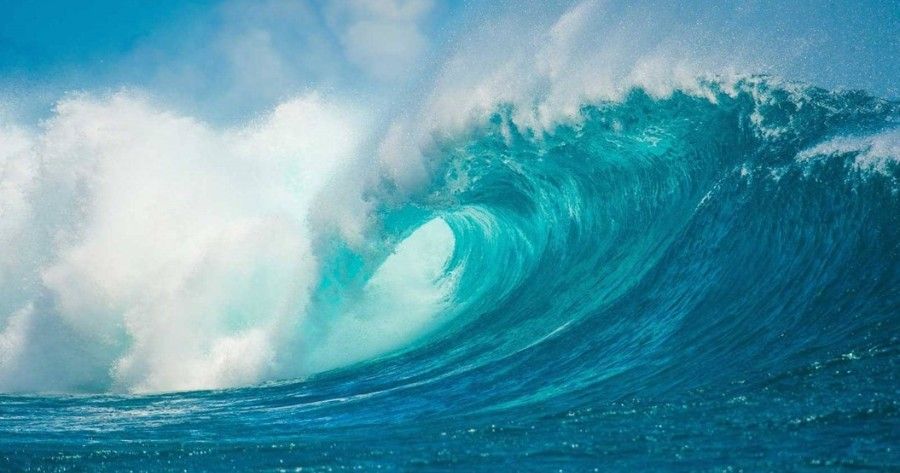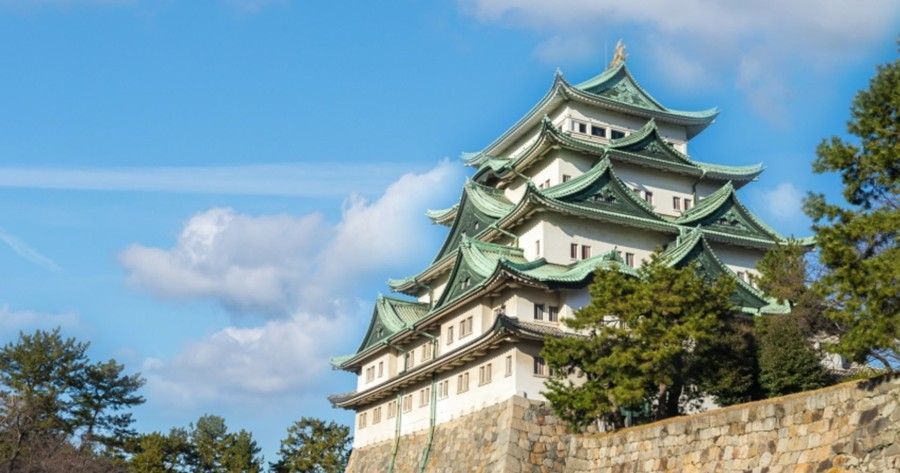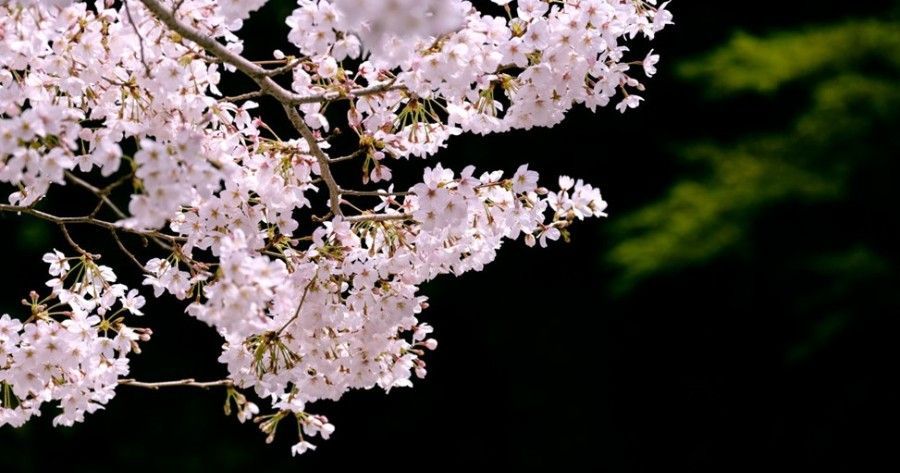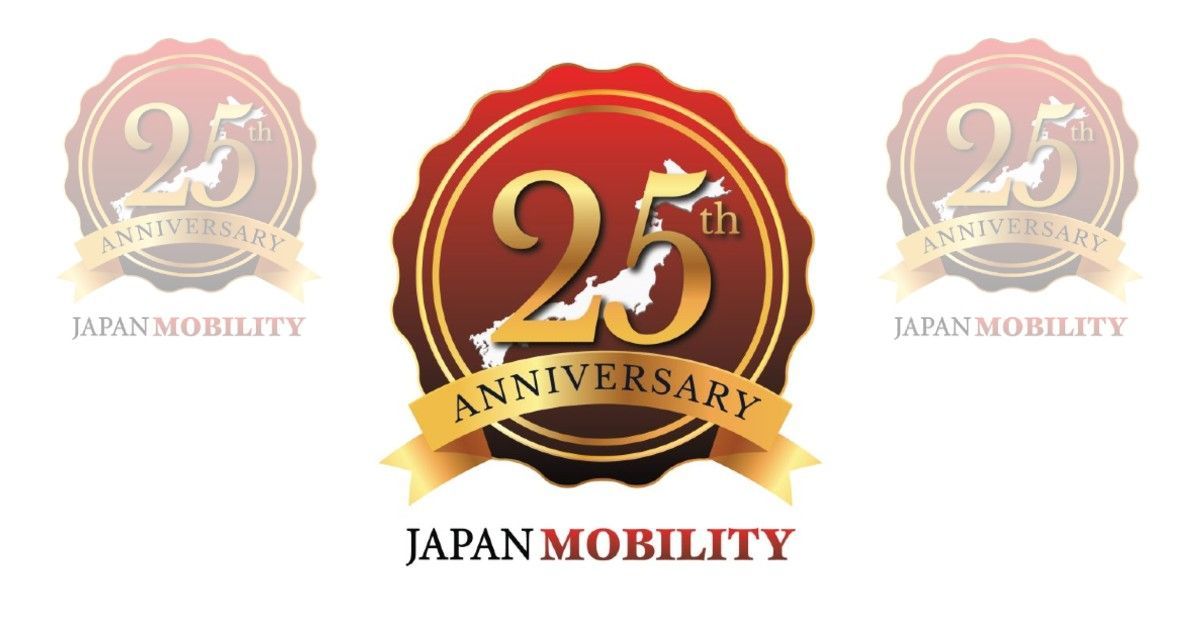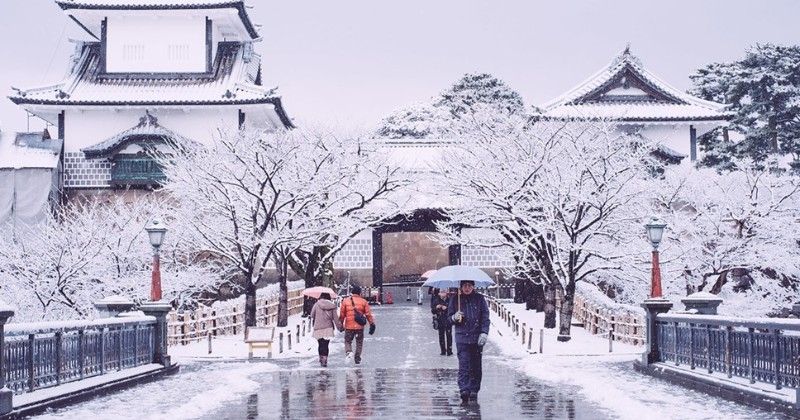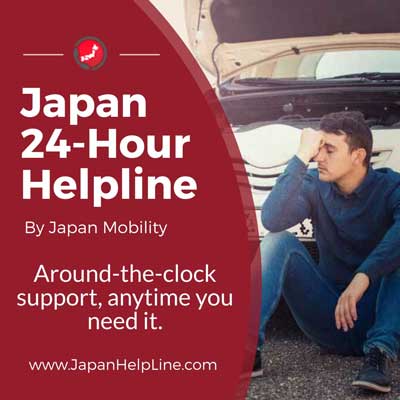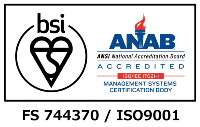Air Conditioners: Japan vs. the West. What's the Difference?
In Japan, for instance, it is very important to understand how to use the A/C correctly. And maintaining a clean A/C is not only essential for your health, but also a responsibility as a tenant of a rental property. In this article, we will introduce you to Japanese Air Conditioners, including proper maintenance and “cultural” aspects of the A/C. You will be a wise and knowledgeable A/C master after reading this blog.
Let's start with reviewing central heating system.
What is central heating?
In America, for example, duct-type central heating is primarily used for most houses and buildings, especially in the Midwest, southern states, and west coast.
(According to a survey done by U.S. Energy Information Administration, 58 % of households use wall type A/C in Northern/East coast in the states.)
Heater units, called furnaces, pump the warm/cold air into the duct which is circulated throughout the house. In this way, a certain temperature can be kept in all rooms of the abode. The remote controller can be very simple, like the thermostat pictured below, to set the temperature. The unit requires low maintenance and can be used for about 30 years. This requires a big construction project for the installation and can cost quite a lot. Additionally, any repairs involve large scale construction to the home. Gas and electricity expenses can add up quite quickly as well.
In European countries, it is not often preferred to avoid the A/C altogether. People would rather open windows to get some air or just pull the shades to block the sun. Europeans are often surprised to see how much A/C consumption in U.S. is. Washington Post once published "Europe to America: Your love of air-conditioning is stupid", where you can find the differences of mind set between European and American people towards A/C.
How about air conditioning in Japan?
Central heating systems are used in large buildings, hospitals and other facilities in Japan, but are not commonly used in houses or apartments.
This duct-less A/C is becoming more and more popular in Europe and America due to the rise of awareness for the environment, potential costs savings and improvements in technology. Daikin and Mitsubishi are two big companies that are expanding their business overseas.
In Japan, the concept of heating/cooling the only room where the people are has taken root. Usually individual A/C units are installed in each room based on this concept. This means that each room has its own remote controller, so be careful not to mix up or lose these.
Since each A/C is designed to both cool and heat each room separately/individually, it is advisable to keep doors closed. The electricity bill can be quite expensive if you leave the door open while the A/C is running.
Installing an A/C unit is not as large scale as central heating, but an outside A/C unit (compressor) is required to be installed for each inside A/C unit, which may take some space outside of your property. Installation work will require landlord or lessor’s permission for a rental property, please always make sure with your housing agent or management company if you plan to have one installed.
Please keep in mind that even though A/C units comes with your lease housing, A/C regular maintenance such as periodical cleaning and deep cleaning is tenant’s responsibility. We’ll talk about some common problems and tips for your AC cleaning in an upcoming article.





